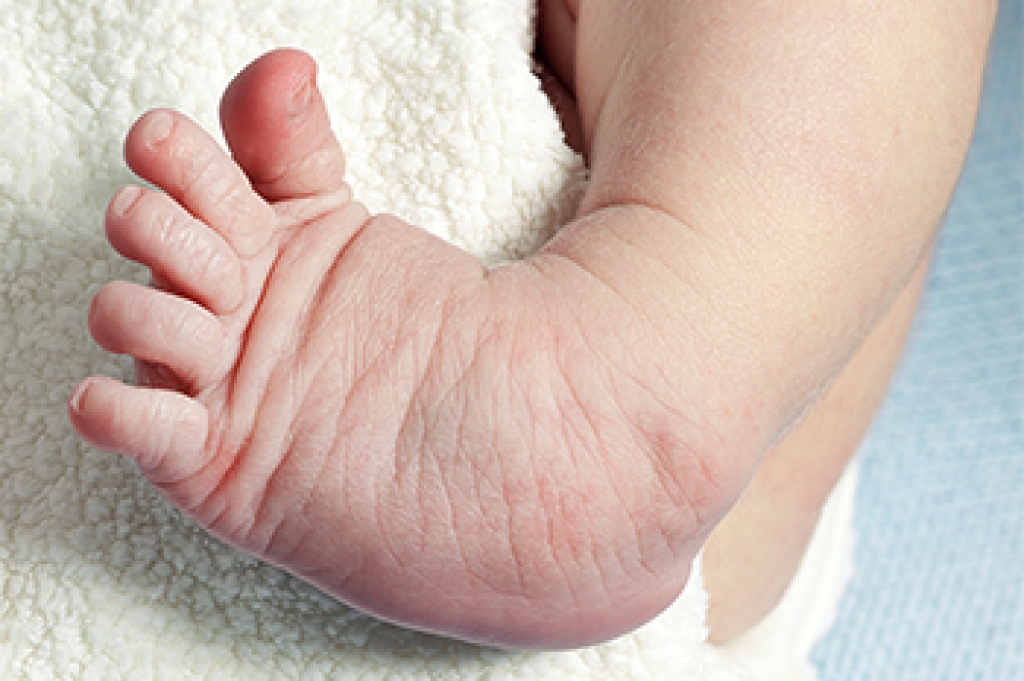 There are several screening measures that a podiatrist might use to assess the blood flow in your lower limbs. One such measure is the Ankle-Brachial Index, also known as the ABI test, Segmental Pressure Test, Toe Pressure Test, or Toe-Brachial Index (TBI). To perform this test, the podiatrist will place an inflatable cuff around your arm and calf, foot, or toes and measure your blood pressure in these areas. The doctor will then compare the numbers to each other to determine whether you are at an increased risk of having poor circulation and developing conditions such as peripheral artery disease. This test is fast, simple, noninvasive, and generally painless. To learn more about screening measures that assess the vascular health of your lower limbs, speak with a podiatrist today.
There are several screening measures that a podiatrist might use to assess the blood flow in your lower limbs. One such measure is the Ankle-Brachial Index, also known as the ABI test, Segmental Pressure Test, Toe Pressure Test, or Toe-Brachial Index (TBI). To perform this test, the podiatrist will place an inflatable cuff around your arm and calf, foot, or toes and measure your blood pressure in these areas. The doctor will then compare the numbers to each other to determine whether you are at an increased risk of having poor circulation and developing conditions such as peripheral artery disease. This test is fast, simple, noninvasive, and generally painless. To learn more about screening measures that assess the vascular health of your lower limbs, speak with a podiatrist today.
Vascular testing plays an important part in diagnosing disease like peripheral artery disease. If you have symptoms of peripheral artery disease, or diabetes, consult with one of our podiatrists from New York, NY. Our doctors will assess your condition and provide you with quality foot and ankle treatment.
What Is Vascular Testing?
Vascular testing checks for how well blood circulation is in the veins and arteries. This is most often done to determine and treat a patient for peripheral artery disease (PAD), stroke, and aneurysms. Podiatrists utilize vascular testing when a patient has symptoms of PAD or if they believe they might. If a patient has diabetes, a podiatrist may determine a vascular test to be prudent to check for poor blood circulation.
How Is it Conducted?
Most forms of vascular testing are non-invasive. Podiatrists will first conduct a visual inspection for any wounds, discoloration, and any abnormal signs prior to a vascular test.
The most common tests include:
- Ankle-Brachial Index (ABI) examination
- Doppler examination
- Pedal pulses
These tests are safe, painless, and easy to do. Once finished, the podiatrist can then provide a diagnosis and the best course for treatment.
If you have any questions please contact our office located in New York, NY . We offer the newest diagnostic and treatment technologies for all your foot and ankle needs.





